I got previews of a number of projects I hope to share with you in the newsletter soon, but one that really caught my eye was FogROS, which was just announced as part of the latest ROS (robot operating system) rollout. Beyond a punny name that is simultaneously a reference to the cloud element (fog/cloud — not to mention the fact that the new department has killer views of San Francisco and frequent visitor, Karl) and problematic French cuisine, there’s some really compelling potential here.
I’ve been thinking about the potential impact of cloud-based processing quite a bit the last several years, independent of my writing about robots. Specifically, a number of companies (Microsoft, Amazon, Google) have been betting big on cloud gaming. What do you do when you’ve seemingly pushed a piece of hardware to its limit? If you’ve got low enough latency, you can harness remote servers to do the heavy lifting. It’s something that’s been tried for at least a decade, to varying effect.

Image Credits: ROS
Latency is, of course, a major factor in gaming, where being off by a millisecond can dramatically impact the experience. I’m not fully convinced that experience is where it ought to be quite yet, but it does seem the tech has graduated to a point where off-board processing makes practical sense for robotics. You can currently play a console game on a smartphone with one of those services, so surely we can produce smaller, lighter-weight and lower-cost robots that rely on a remote server to complete resource-intensive tasks like SLAM processing.
The initial application will focus on AWS, with plans to reach additional services like Google Cloud and Microsoft Azure. Watch this space. There are many reasons to be excited. Honestly, there’s a lot to be excited about in robotics generally right now. This was one of the more fun weeks in recent memory.
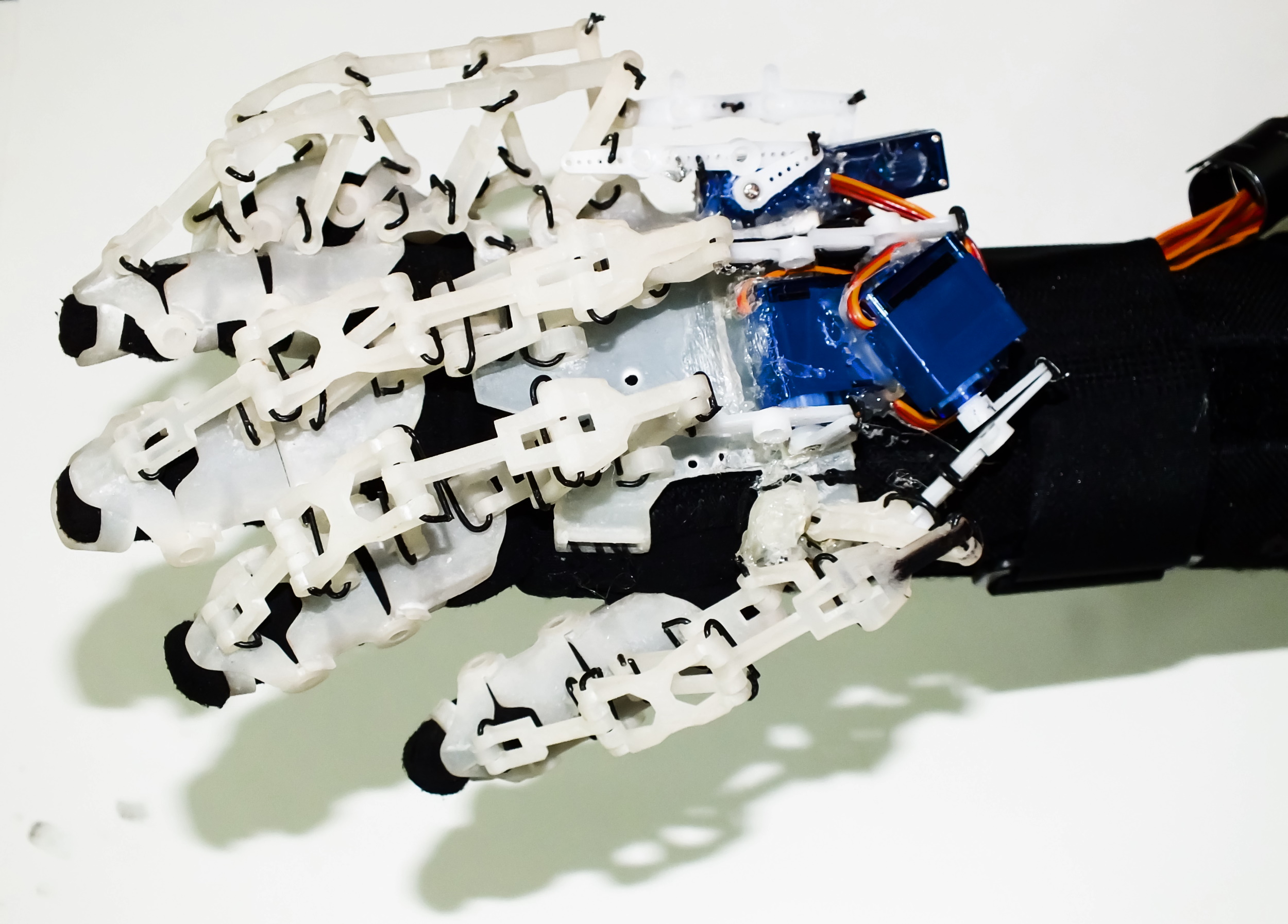
Image Credits: V Bionic
Let’s start with the ExoHeal robotic rehabilitation gloves. The device, created by Saudi Arabian V Bionic, nabbed this year’s Microsoft Imagine Cup. The early-stage team is part of a proud tradition of healthcare exoskeletons. In this case, it’s an attempt to rehab the hand following muscle and tendon injuries. Team leader Zain Samdani told TechCrunch:
Flexor linkage-driven movement gives us the flexibility to individually actuate different parts of each finger (phalanges) whilst keeping the device portable. We’re currently developing our production-ready prototype that utilizes a modular design to fit the hand sizes of different patients.
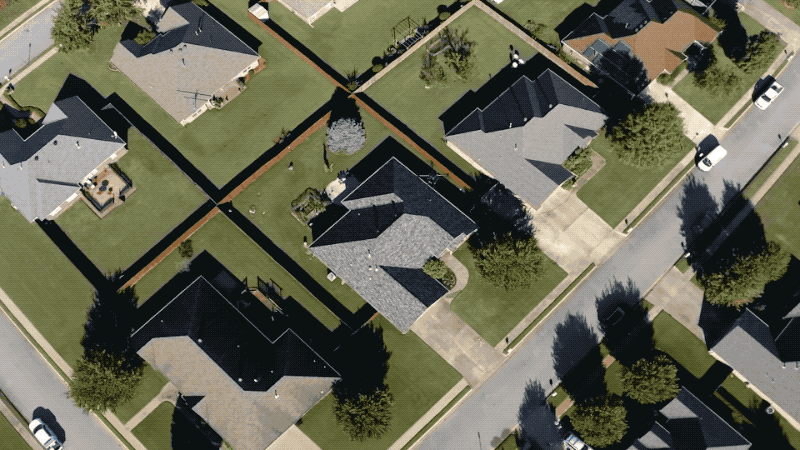
Image Credits: Walmart
This is the third week in a row Walmart gets a mention here. First it was funding for GreyOrange, which it partnered with in Canada. Last week we noted a big expansion of the retail giant’s deal with warehouse automation firm, Symbotic. Now it’s another big expansion of an existing deal — this time dealing with the company’s delivery ambitions.
Like Walmart’s work with robotics, drone delivery success has been…spotty, at best. Still, it’s apparently ready to put its money where its mouth is on this one, with a deal that brings DroneUp delivery to 34 sites across six U.S. states. Quoting myself here:
The retailer announced an investment in the 6-year-old startup late last year, following trial deliveries of COVID-19 testing kits. Early trials were conducted in Bentonville, Arkansas. This year, Arizona, Florida, Texas and DroneUp’s native Virginia are being added to the list. Once online, customers will be able to choose from tens of thousands of products, from Tylenol to hot dog buns, between the hours of 8 a.m. and 8 p.m.
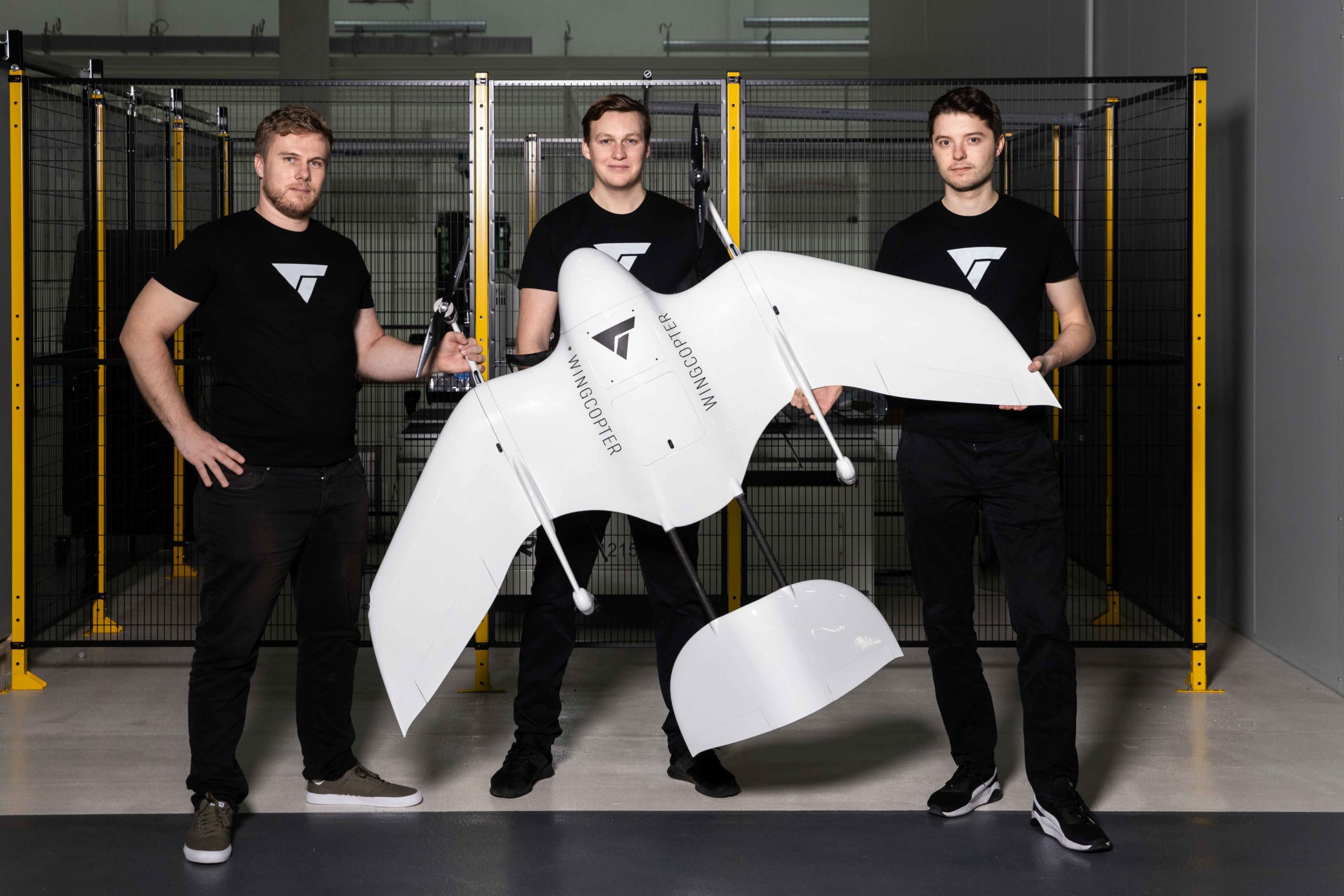
Freigegeben für die Berichterstattung über das Unternehemn Wingcopter bis zum 25.01.2026. Mit Bitte um Urhebervermerk v.l.: Jonathan Hesselbarth, Tom Plümmer und Ansgar Kadura von Wingcopter GmbH. Image Credits: © Jonas Wresch / KfW
There are still more question marks around this stuff than anything, and I’ve long contended that drone delivery makes the most sense in remote and otherwise hard to reach areas. That’s why something like this Wingcopter deal is interesting. Over the next five years, the company plans to bring 12,000 of its fixed-wing UAVs to 49 countries across Sub-Saharan Africa. It will cover spots that have traditionally struggled with infrastructural issues that have made it difficult to deliver food and medical supplies through more traditional means.
“With the looming food crisis on the African continent triggered by the war in Ukraine, we see great potential and strong social impact that drone-delivery networks can bring to people in all the countries in Sub-Saharan Africa by getting food to where it is needed most,” CEO Tom Plümmer told TechCrunch. “Especially in remote areas with weak infrastructure and those areas that are additionally affected by droughts and other plagues, Wingcopter’s delivery drones will build an air bridge and provide food from the sky on a winch to exactly where it is needed.”
Legitimately exciting stuff, that.
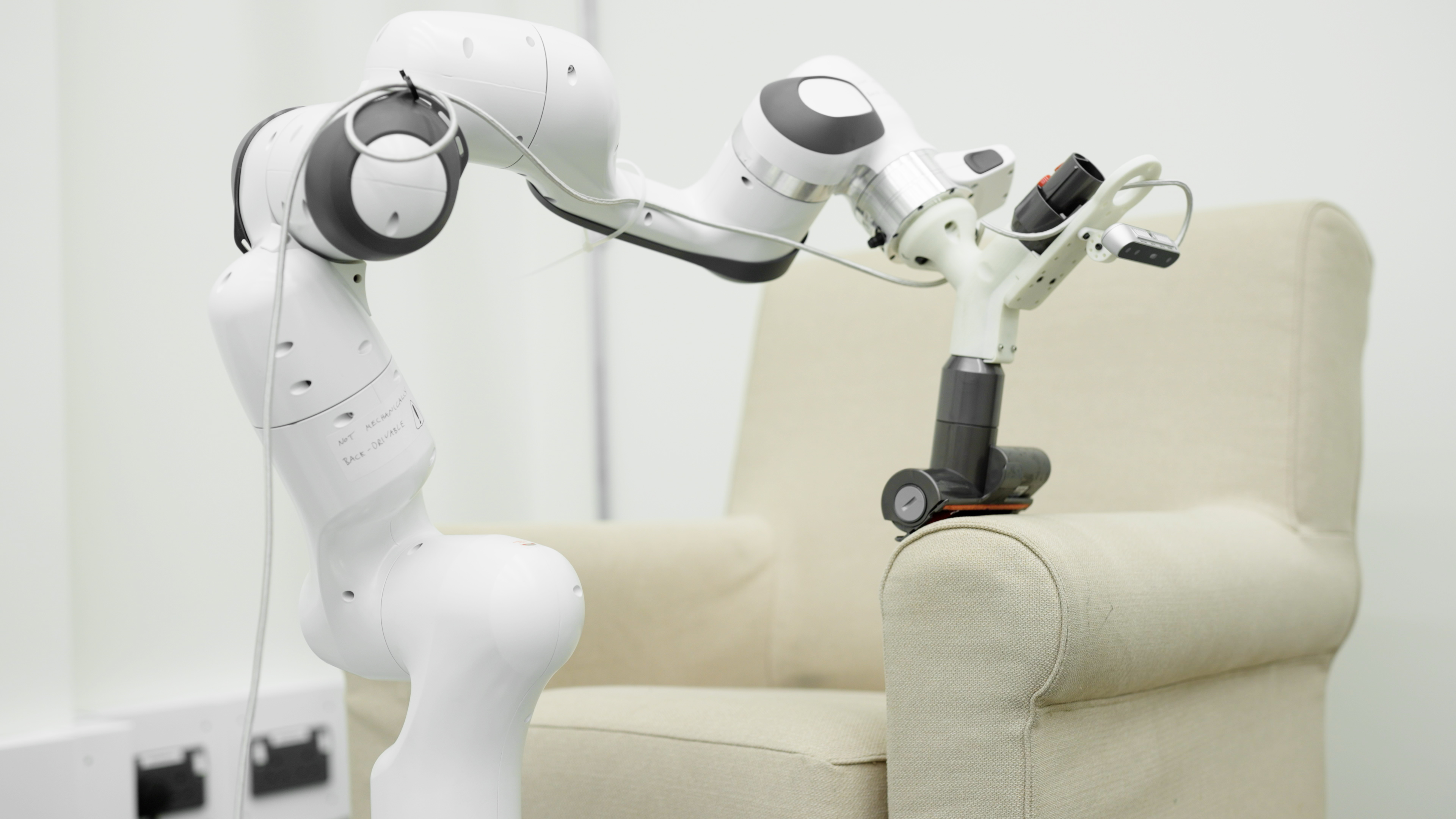
Image Credits: Dyson
In more cautiously optimistic news, Dyson dropped some interesting news this week, announcing that it has been (and will continue) pumping a lot of money into robotic research. Part of the rollout includes refitting an aircraft hangar at Hullavington Airfield, a former RAF station in Chippenham, Wiltshire, England that the company purchased back in 2016.
Some numbers from the company:
Dyson is halfway through the largest engineering recruitment drive in its history. Two thousand people have joined the tech company this year, of which 50% are engineers, scientists, and coders. Dyson is supercharging its robotics ambitions, recruiting 250 robotics engineers across disciplines including computer vision, machine learning, sensors and mechatronics, and expects to hire 700 more in the robotics field over the next five years. The master plan: to create the UK’s largest, most advanced, robotics center at Hullavington Airfield and to bring the technology into our homes by the end of the decade.
The primary project highlighted is a robot arm with a number of attachments, including a vacuum and a human-like robot hand, which are designed to perform various household tasks. Dyson has some experience building robots, primarily through its vacuums, which rely on things like computer vision to autonomously navigate. Still, I say “cautiously optimistic,” because I’ve seen plenty of non-robotics companies showcase the technology as more of a vanity project. But I’m more than happy to have Dyson change my mind.
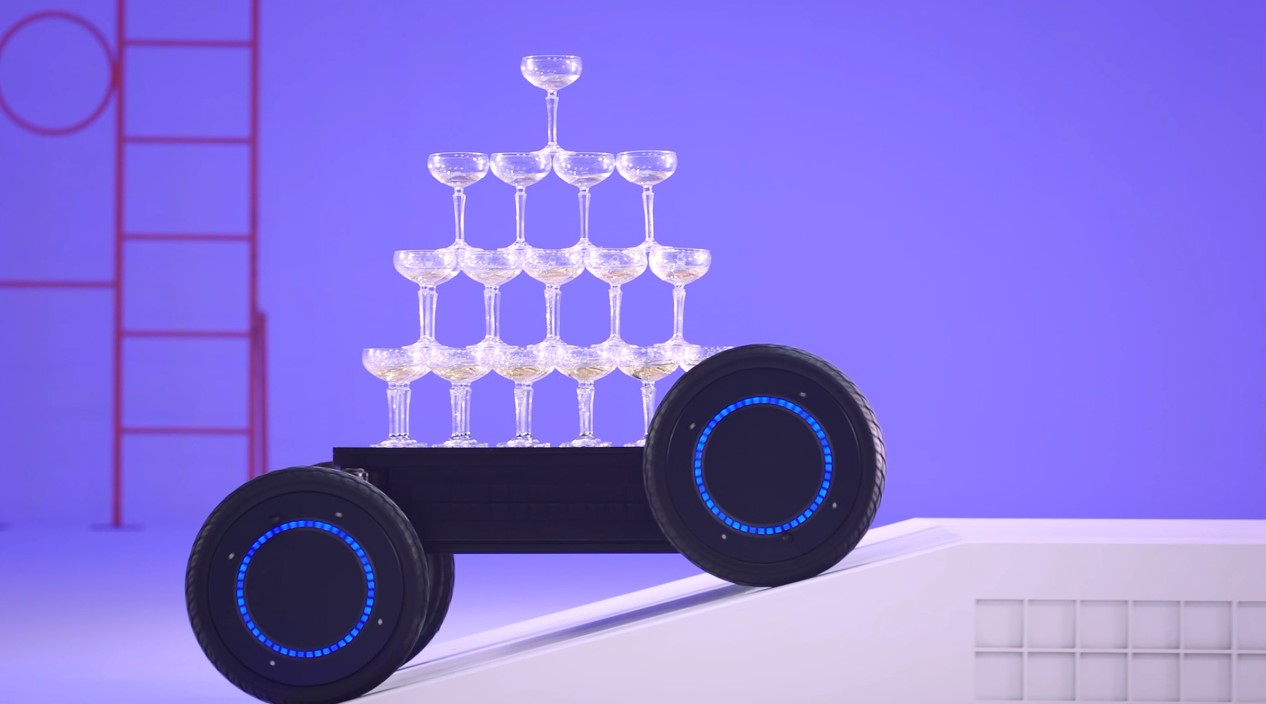
Image Credits: Hyundai
Hyundai, of course, has been quite aggressive in its own robotics dreams, including its 2020 acquisition of Boston Dynamics. The carmaker this week announced that part of its massive new $10 billion investment plans will include robotics, with a focus of actually bringing some of its far-out concepts to market.
Another week, another big round for logistics/fulfillment robotics, as Polish firm Nomagic raised $22 million to expand its offerings. The company’s primary offering is a pick and place arm that can move and sort small goods. Khosla Ventures and Almaz Capital led the round, which also featured European Investment Bank, Hoxton Ventures, Capnamic Ventures, DN Capital and Manta Ray.
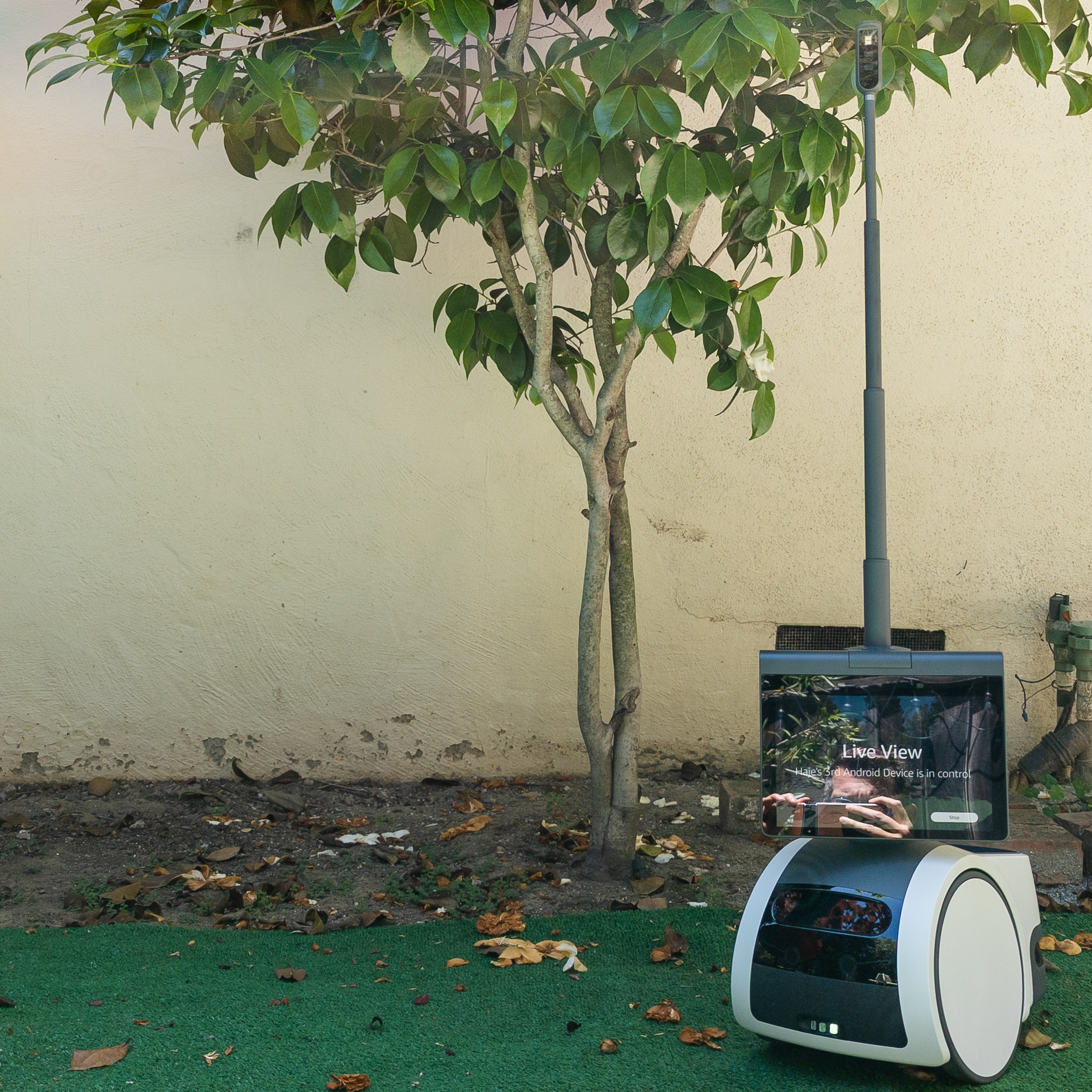
The periscope camera pops out and extends telescopically, enabling Astro to look over obstacles and on counter tops. A very elegant design choice. Image Credits: Haje Kamps for TechCrunch
We finally got around to reviewing Amazon’s limited-edition home robot, Astro, and Haje’s feelings were…mixed:
It’s been fun to have Astro wandering about my apartment for a few days, and most of the time I seemed to use it as a roving boom box that also has Alexa capabilities. That’s cute, and all, but $1,000 would buy Alexa devices for every thinkable surface in my room and leave me with enough cash left over to cover the house in cameras. I simply continue to struggle with why Astro makes sense. But then, that’s true for any product that is trying to carve out a brand new product category.

A tiny robot crab scuttles across the frame. Image Credits: Northwestern University
And finally, a tiny robot crab from Northwestern University. The little guy can be controlled remotely using lasers and is small enough to sit on the side of a penny. “Our technology enables a variety of controlled motion modalities and can walk with an average speed of half its body length per second,” says lead researcher, Yonggang Huang. “This is very challenging to achieve at such small scales for terrestrial robots.”

Image Credits: Bryce Durbin/TechCrunch
Scuttle, don’t walk to subscribe to Actuator.















 English (US) ·
English (US) ·